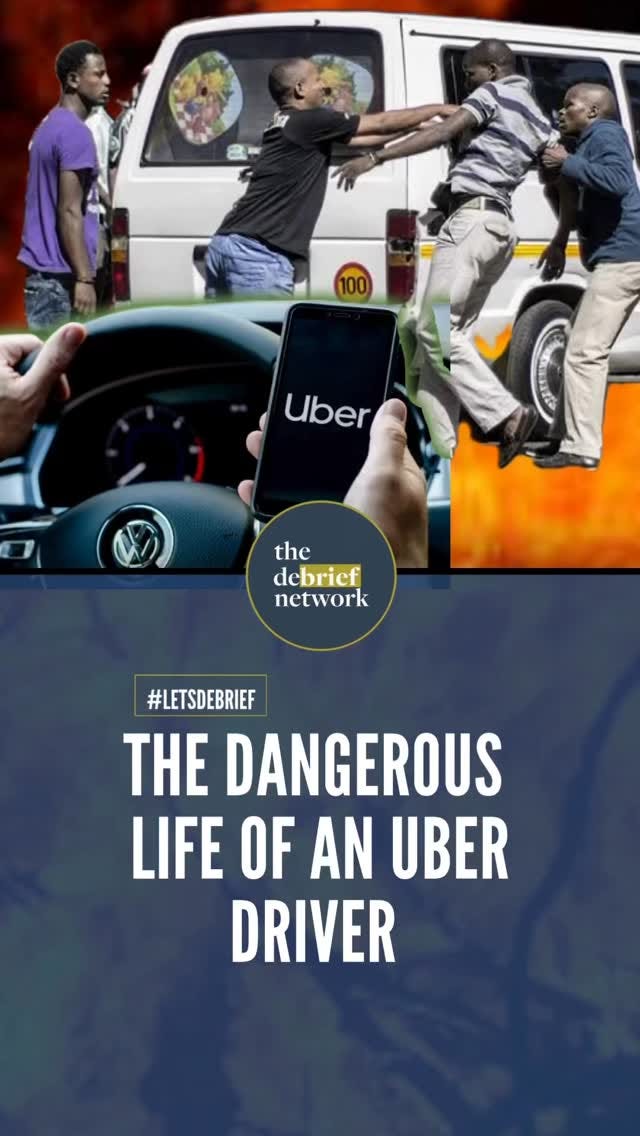It was midday in Pretoria.
I had some errands in Hatfield and thought nothing of ordering an e-hailing ride from the Gautrain station.
But the driver wouldn’t pull up. Instead, he messaged: “Please, meet me at the mall a few streets away.”
If you know the area, you’ll understand why.
At Hatfield Gautrain station, e-hailing drivers are hunted. Minibus taxi operators run a cabal, making it nearly impossible for drivers to safely pick up or drop off passengers.
Even when they do, it’s quick, nervous, like contraband changing hands.
This isn’t unique to South Africa. In Bali, Uber drivers once risked assault, sneaking through alleys to collect passengers.
In Morocco, InDrive drivers still operate undercover, pretending to be picking up a cousin or a friend.
Passengers are told to sit in the front seat, so it doesn’t look like a ride-for-hire.
But in South Africa, the fear has turned deadly.
Near Maponya Mall, where the latest killing happened, a driver told me: “It’s so dangerous. Every time you get a request for that mall, you’re scared. But you need to eat, so you take the risk.”
Another driver I spoke to had been attacked twice.
Both times, his car was attacked while he was picking up our dropping passengers.
“I should have stopped,” he said, “but if I stop driving, my kids don’t eat.”
He now has adapted the way he works to survive, “I don’t work in the evening and if I have to, I try not going to dangerous areas’
For years, South Africa’s minibus taxi industry has viewed e-hailing services as an existential threat.
Despite countless summits, plans, and promises for reform, license disputes and violent turf wars continue to flare.
The result? Blood on the streets, fear in the driver’s seat, and passengers stranded at the curb.
Yet against this backdrop of hostility, thousands of drivers keep logging on.
Why? Simply because jobs are scarce.
With 8.4 million South Africans unemployed, Uber and Bolt are lifelines; dangerous ones, but lifelines nonetheless.
E-hailing drivers are hopeful government does more to protect them. For now, the taxi industry runs the streets.













